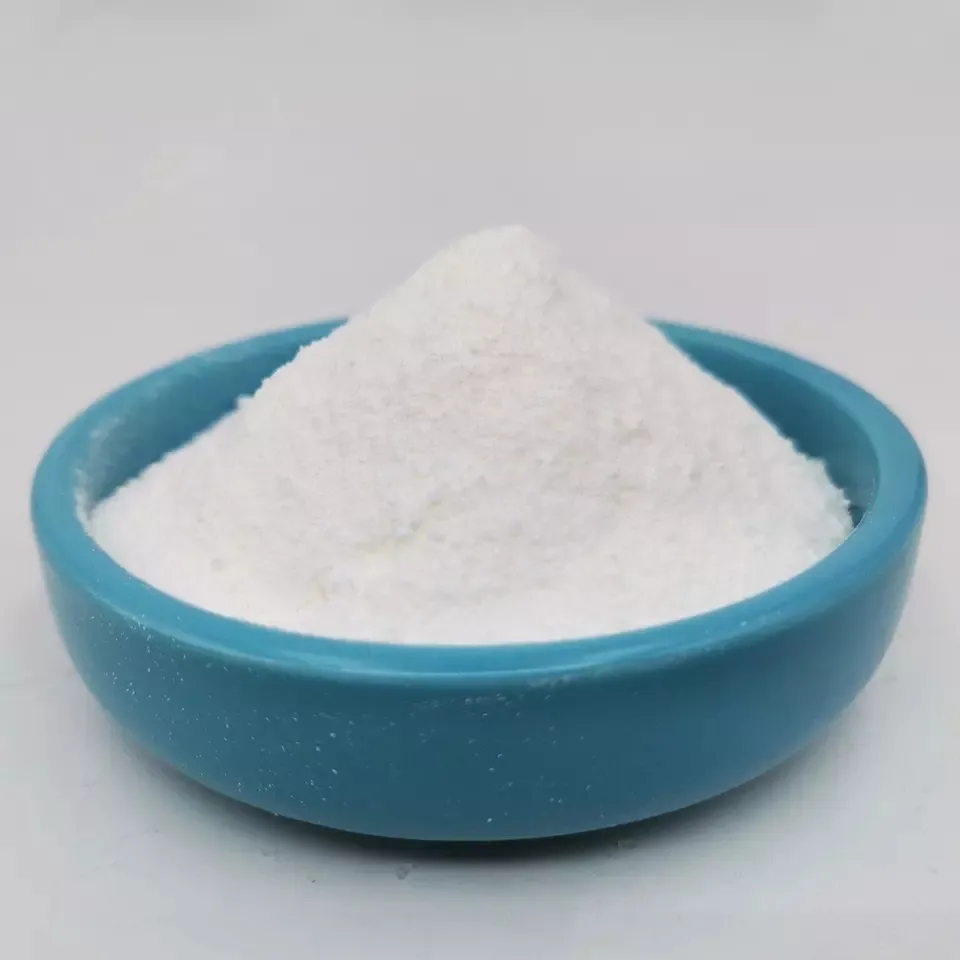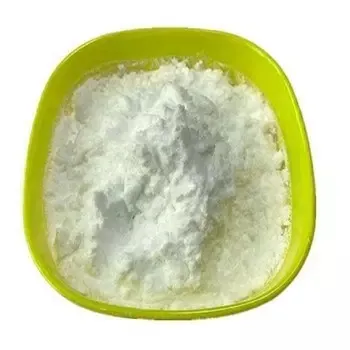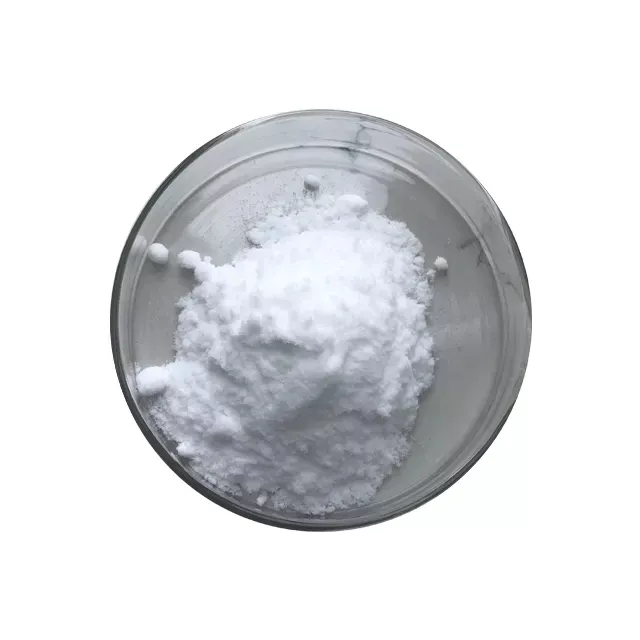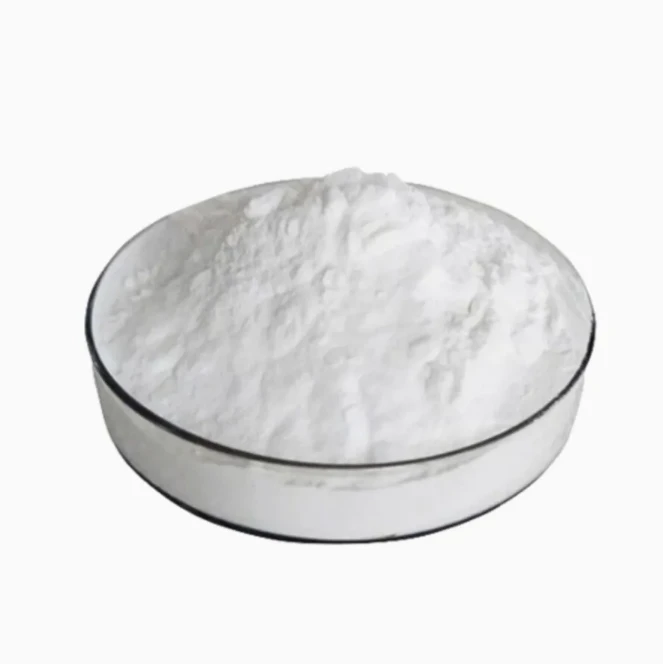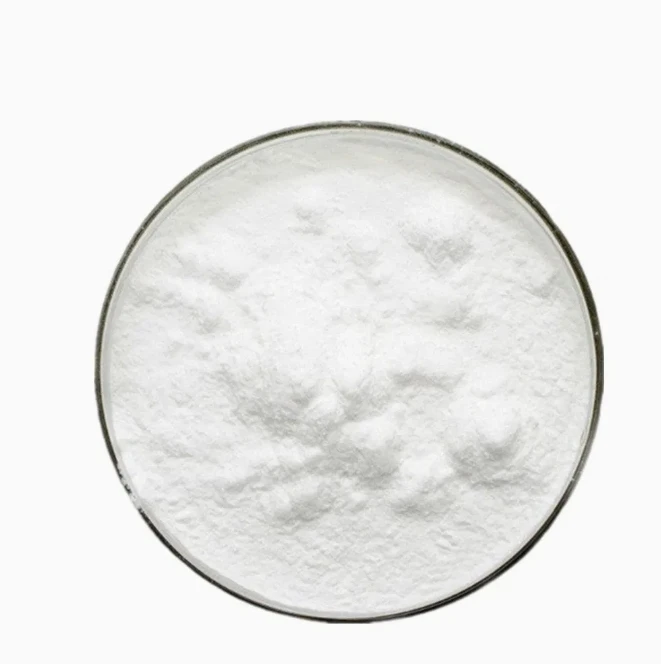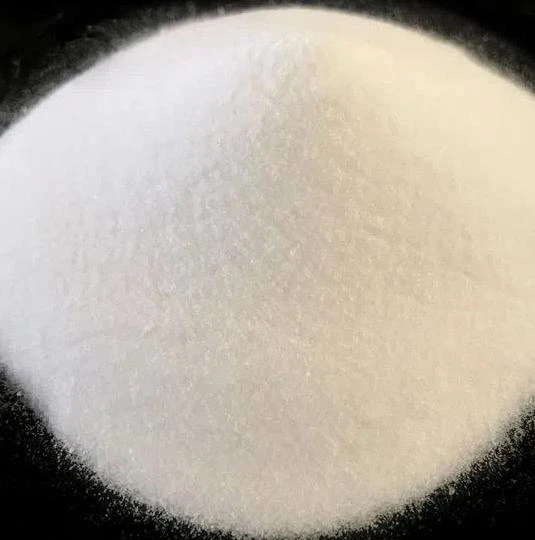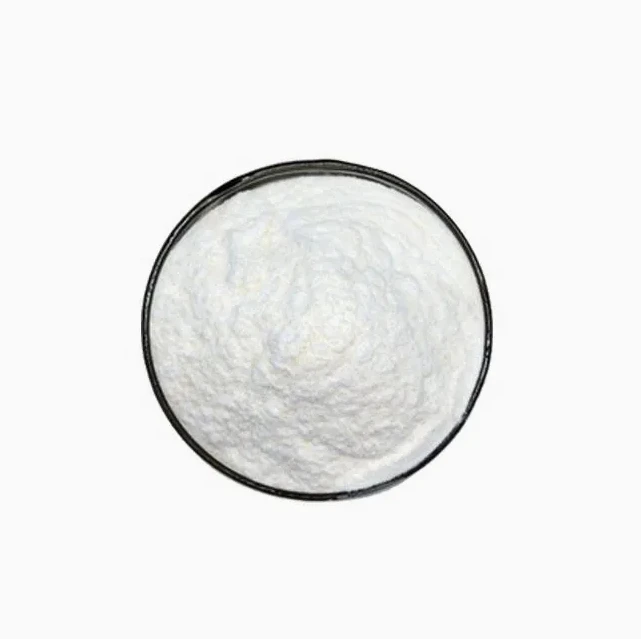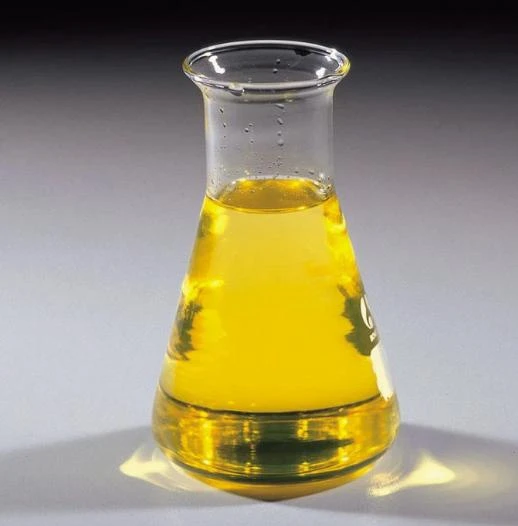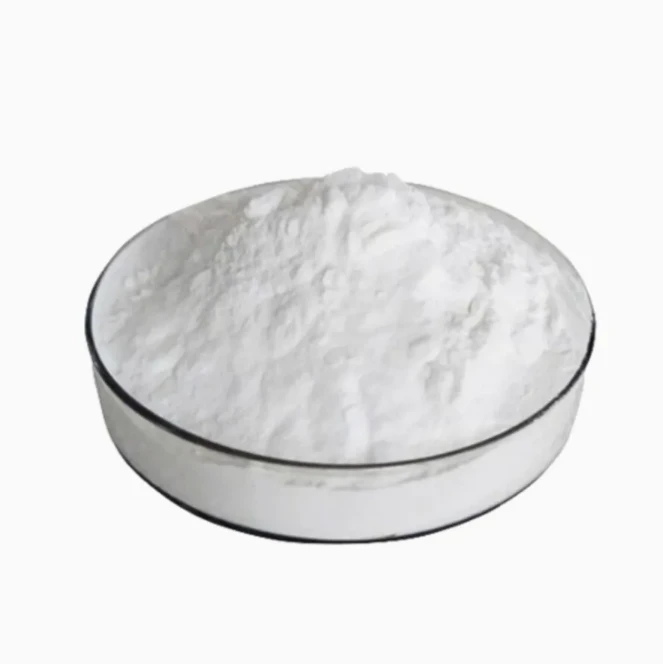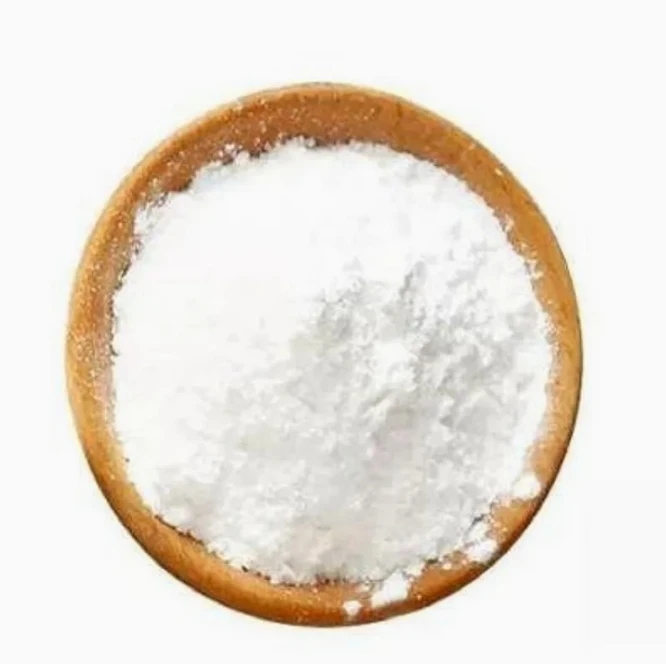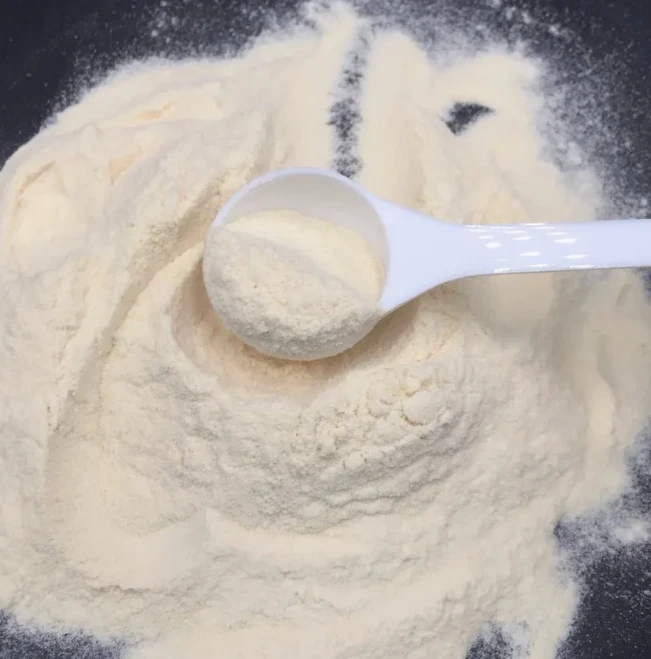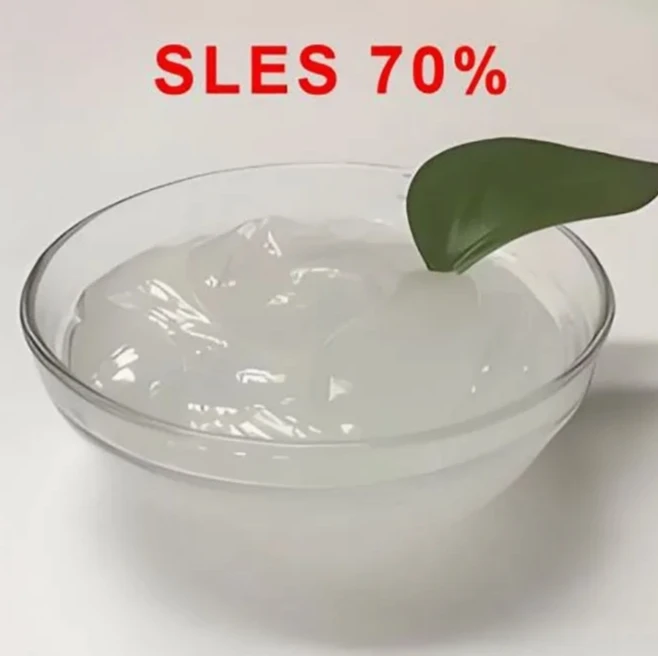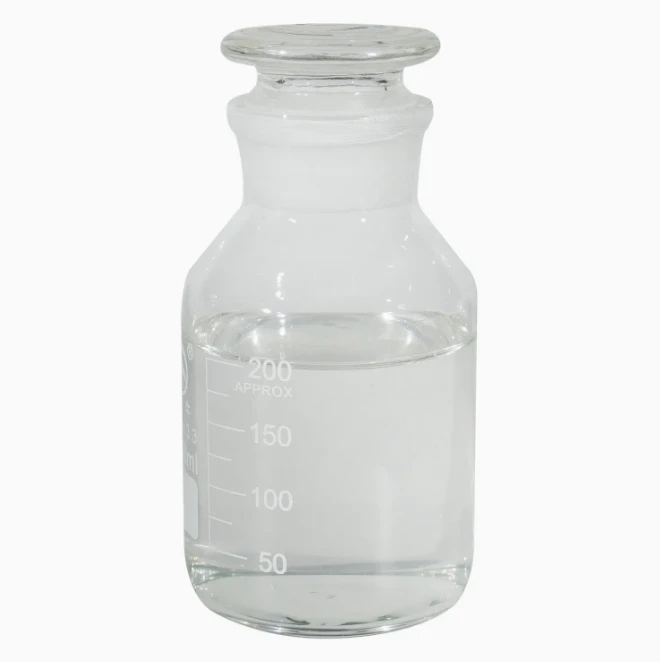 E-poçta: sale@hebeidisha.com
E-poçta: sale@hebeidisha.com
 Tel: +86 13315186550
Tel: +86 13315186550
- Afrikaly
- Alban
- Amhar
- Arapça
- Ermeni
- Azerbaýjan
- Bask
- Belarus
- Bengali
- Bosniýa
- Bolgar
- Katalan
- Sebuano
- Hytaý
- Hytaý (Taýwan)
- Korsikan
- Horwatiýa
- Çeh
- Daniýaly
- Gollandiýaly
- Iňlis
- Esperanto
- Eston
- Fin
- Fransuz
- Frizian
- Galisiýa
- Gürji
- Nemes
- Grek
- Gujarati
- Gaiti kreoly
- hausa
- hawaiian
- Hebrewewreýçe
- .Ok
- Miao
- Wenger
- Islandiýa
- igbo
- Indoneziýaly
- irish
- Italýan
- Japaneseaponlar
- Javaneseawan
- Kannada
- Gazak
- Khmer
- Ruanda
- Koreýçe
- Kürt
- Gyrgyzystan
- Inçekesel
- Latyn
- Latwiýa
- Litwa
- Lýuksemburg
- Makedoniýa
- Malgaşi
- Malaý
- Malaýalam
- Malta
- Maori
- Marathi
- Mongol
- Mýanma
- Nepali
- Norweg
- Norweg
- Oksitan
- Puştun
- Pars
- Polýak
- Portugaliýa
- Penjabi
- Rumyn
- Rus
- Samoan
- Şotlandiýaly Gael
- Serb
- Iňlis
- Şona
- Sindhi
- Sinhala
- Slowakiýa
- Sloweniýa
- Somali
- Ispan
- Sundanese
- Suwaýili
- Şwesiýa
- Tagalog
- Täjik
- Tamil
- Tatar
- Telugu
- Taý
- Türk
- Türkmenler
- Ukrain
- Urdu
- Uýgur
- Özbek
- Wýetnamly
- Uels
- Kömek ediň
- Yiddishahudy
- Yorubaoruba
- Zulu
K-Catalyst / Montmorillonite
Montmorillonite, also known as microcrystalline kaolinite or gelinite, is a silicoaluminate consisting mainly of octahedral montmorillonite particles, named after the city of Montmorillonite, France, where it was first discovered. Montmorillonite is a very soft phyllosilicate mineral that forms microscopic crystals, called clays, when they precipitate out of aqueous solutions. Montmorillonite, a member of the Montmorillonite family, is a 2:1 clay, meaning it has two tetrahedral silica sheets sandwiched between a central octahedral alumina sheet. The particles are plat-like, with an average diameter of about 1μm and a thickness of 0.96nm.
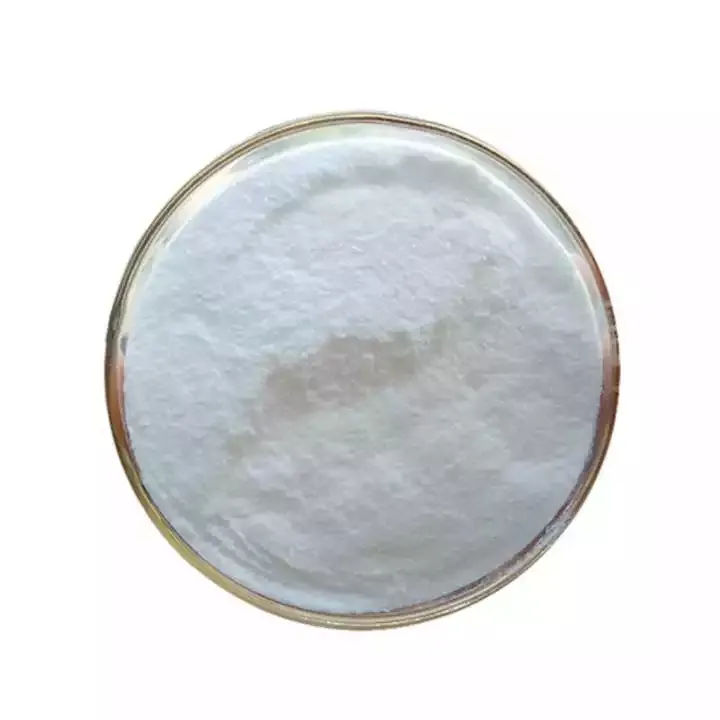
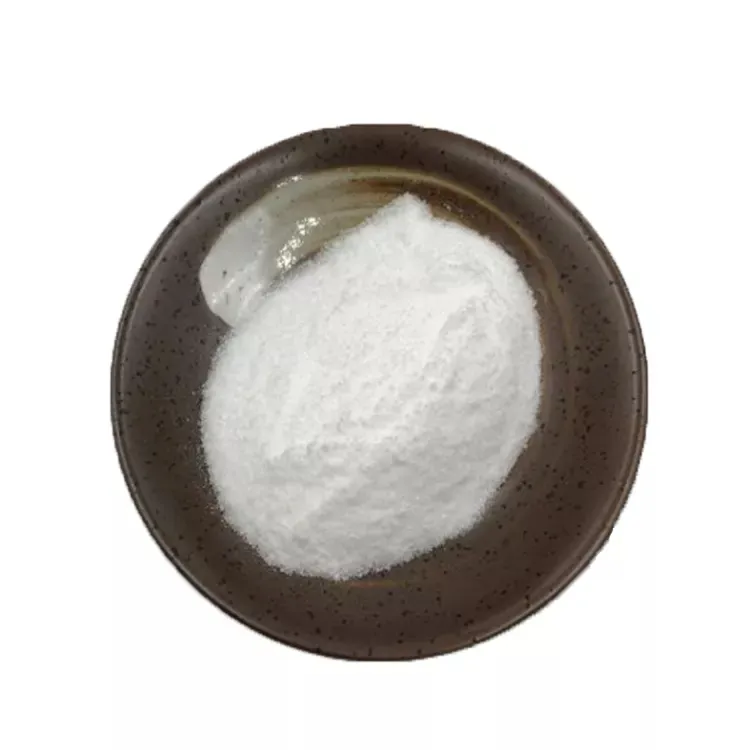
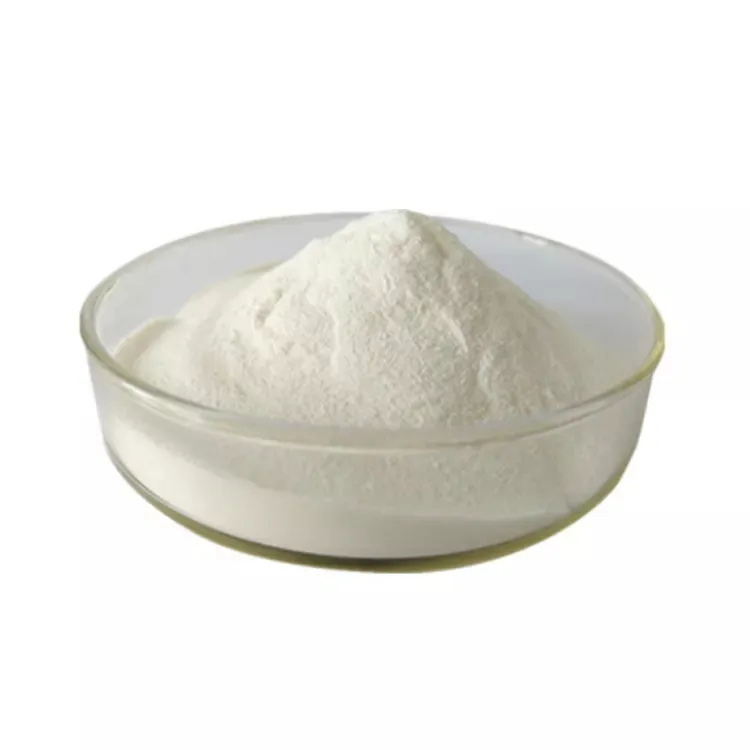

Using an electron microscope to put about 25,000 times, it is necessary to "see" individual clay particles. Members of this group include soapstone. Montmorillonite is a subclass of montmorillonite, which is a 2:1 phyllosilicate mineral characterized by an octahedral Chemicalbook charge greater than 50%. Its cation exchange capacity is due to the isomorphous substitution of Mg for Al in the central alumina plane. In this case, the substitution of lower-priced cations gives nearby oxygen atoms a net negative charge that can attract cations. In contrast, Baderite is a montmorillonite with a tetrahedral charge greater than 50%, resulting from the isomorphic substitution of Al in silica. The individual crystals of montmorillonite clay are not tightly bound, so water can intervene, causing the clay to swell. The water content of montmorillonite is variable, and its volume increases greatly when it absorbs water. Chemically, it is hydrated sodium calcium-aluminosilicate magnesium hydroxide (Na, Ca) 0.33 (Al, Mg) 2 (Si4O10) (OH) 2·nH2O. Potassium, iron, and other cations are common substitutes, and the exact proportion of cations varies from source to source. It is often mixed with chlorite, Muscovite, illite, cobalt greenstone and kaolinite.
Çuňňur hyzmatdaşlygy bolan ýokary hilli önümler we bäsdeşlik bahalary bilen üpjün edip biljek köp sanly ýokary hilli zawodlarymyz bar. Şeýle hem, köpçülikleýin satyn almak üçin arzanladyş berip bileris. Köp hünärli ýük ekspeditor kompaniýalary bilen hyzmatdaşlyk edýäris, önümleri ygtybarly we rahat eliňize berip bileris. Eltip beriş wagty, töleg tassyklanandan 3-20 gün soň.
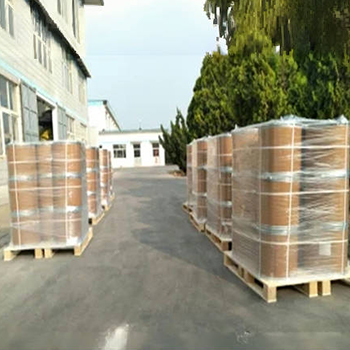
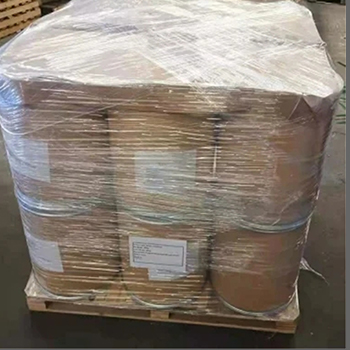


|
ITEMLER
|
SPECIFICATIONS
|
TEST RESULTS
|
DETERMINE
|
|
Daş görnüşi
|
A white Crystalline Powder
|
A White Crystalline Powder
|
Qualified
|
|
Şahsyýet
|
Positive
|
Positive
|
Qualified
|
|
Assay, %
|
98.0~101.0
|
98.8
|
Qualified
|
|
Specific Optical Rotation [a]D20
|
-16.0°~18.5°
|
-16.1°
|
Qualified
|
|
Moisture, %
|
≤1.0
|
0.25
|
Qualified
|
|
Ash,%
|
≤0.1
|
0.09
|
Qualified
|
|
Pb,mg/kg
|
≤2.0
|
<0.1
|
Qualified
|
|
As, mg/kg
|
≤2.0
|
<0.1
|
Qualified
|
|
Total Plate Count,cfu/g
|
≤3000
|
<1000
|
Qualified
|
|
Coli Group, cfu/g
|
≤0.3
|
<0.3
|
Qualified
|
|
Yeast&Mold ,cfu/g
|
≤50
|
10
|
Qualified
|
|
Salmonella/ 25g
|
Ativearamaz
|
Ativearamaz
|
Qualified
|

1. Siz zawodmy ýa-da söwda kompaniýasymy?
Biz bir bitewi hyzmaty hödürleýän senagaty we söwdany birleşdirýän birleşdiriji. OEM kabul edilip bilner.
2. Nusga berýärsiňizmi? Mugtmy ýa-da goşmaça?
Mugt nusgalar. Nusganyň ýük tölegini siziň tarapyňyz tölemeli.
3. Hil gözegçiligi bilen baglanyşykly şahadatnamalaryňyz barmy?
Hilini üpjün etmek üçin ISO 9001: 2008 kepilnamasy.
4. Sitata almak üçin näme bermeli?
Size zerur önümiň görnüşi, sargyt mukdary, salgysy we aýratyn talaplary barada habar beriň. Sitata salgylanma üçin wagtynda berler.
5. Haýsy töleg usulyny has gowy görýärsiňiz? Haýsy şertler kabul edilýär?
Kabul edilen gowşuryş şertleri: FOB, CFR, CIF, EXW;
Kabul edilen töleg walýutasy: USD;
Kabul edilen töleg görnüşi: T / T, Western Union; Paypal, Söwda kepilligi.
Gepleşik dili: Iňlis.
Önüm kategoriýalary
